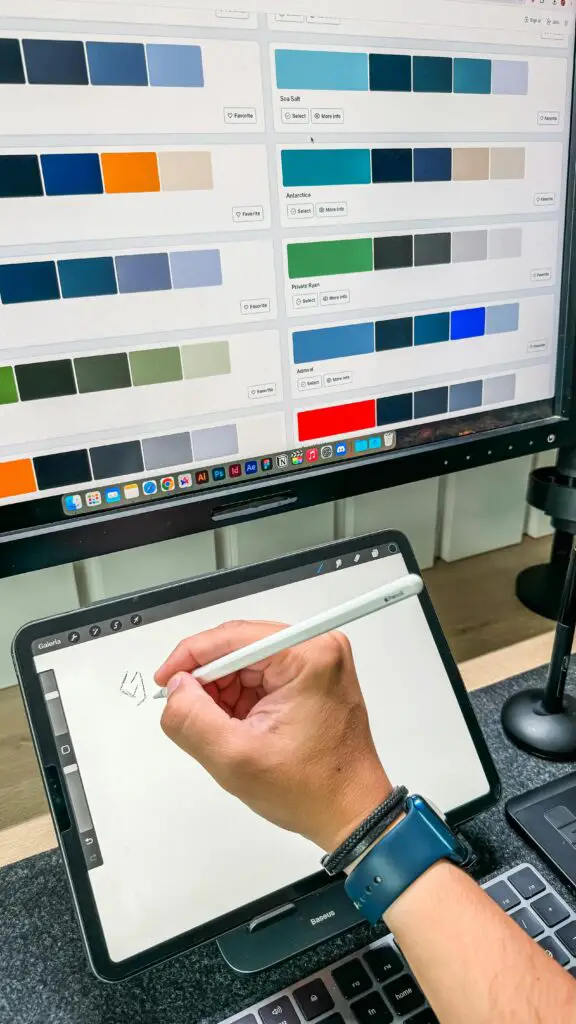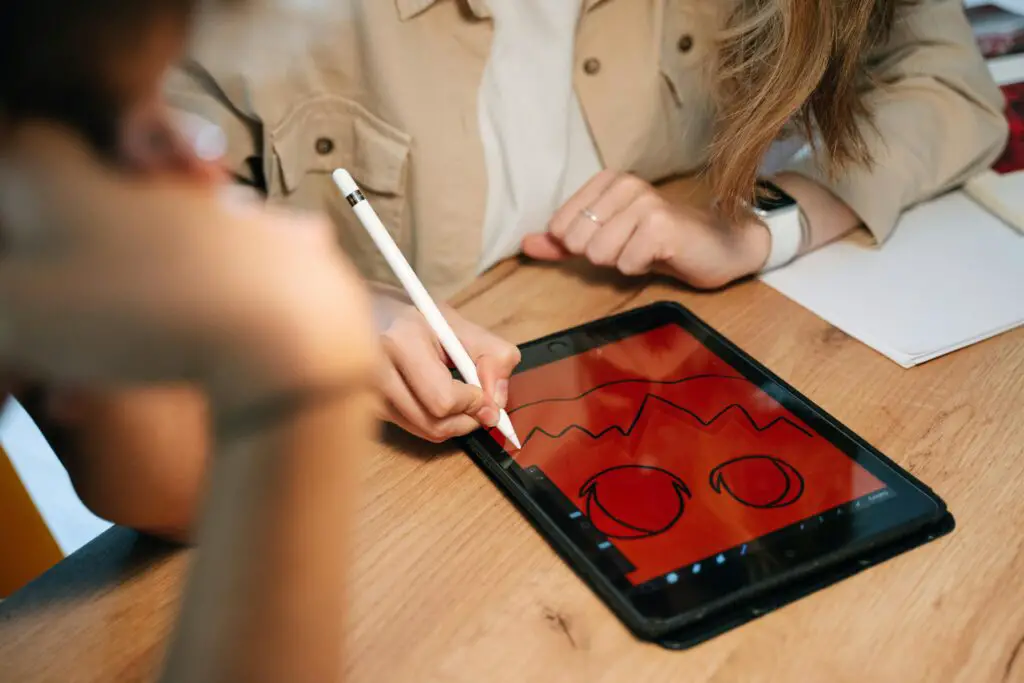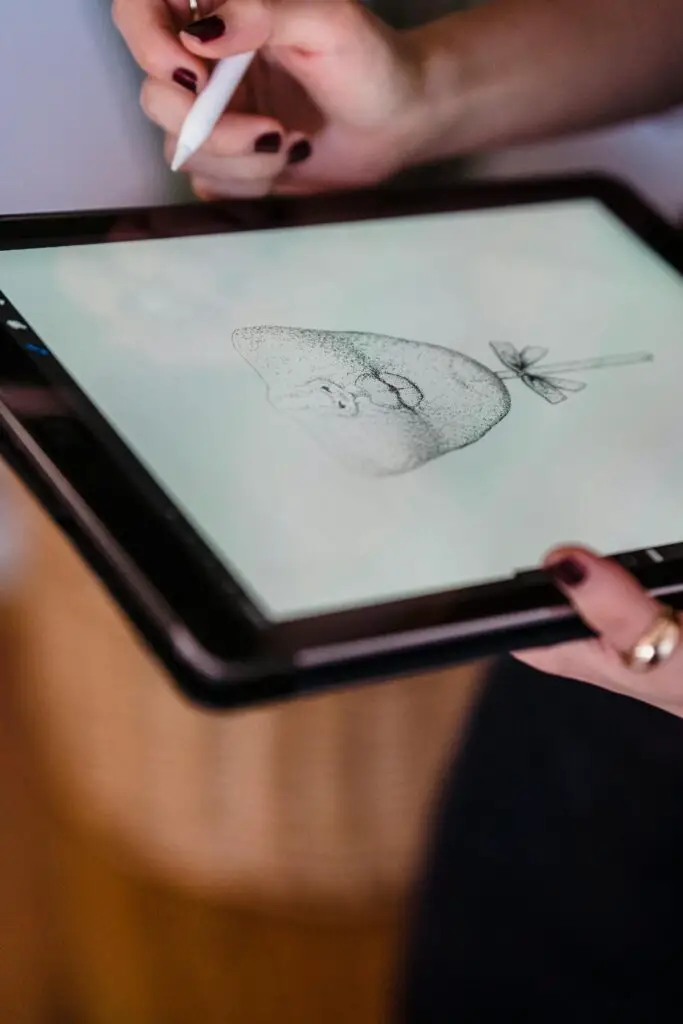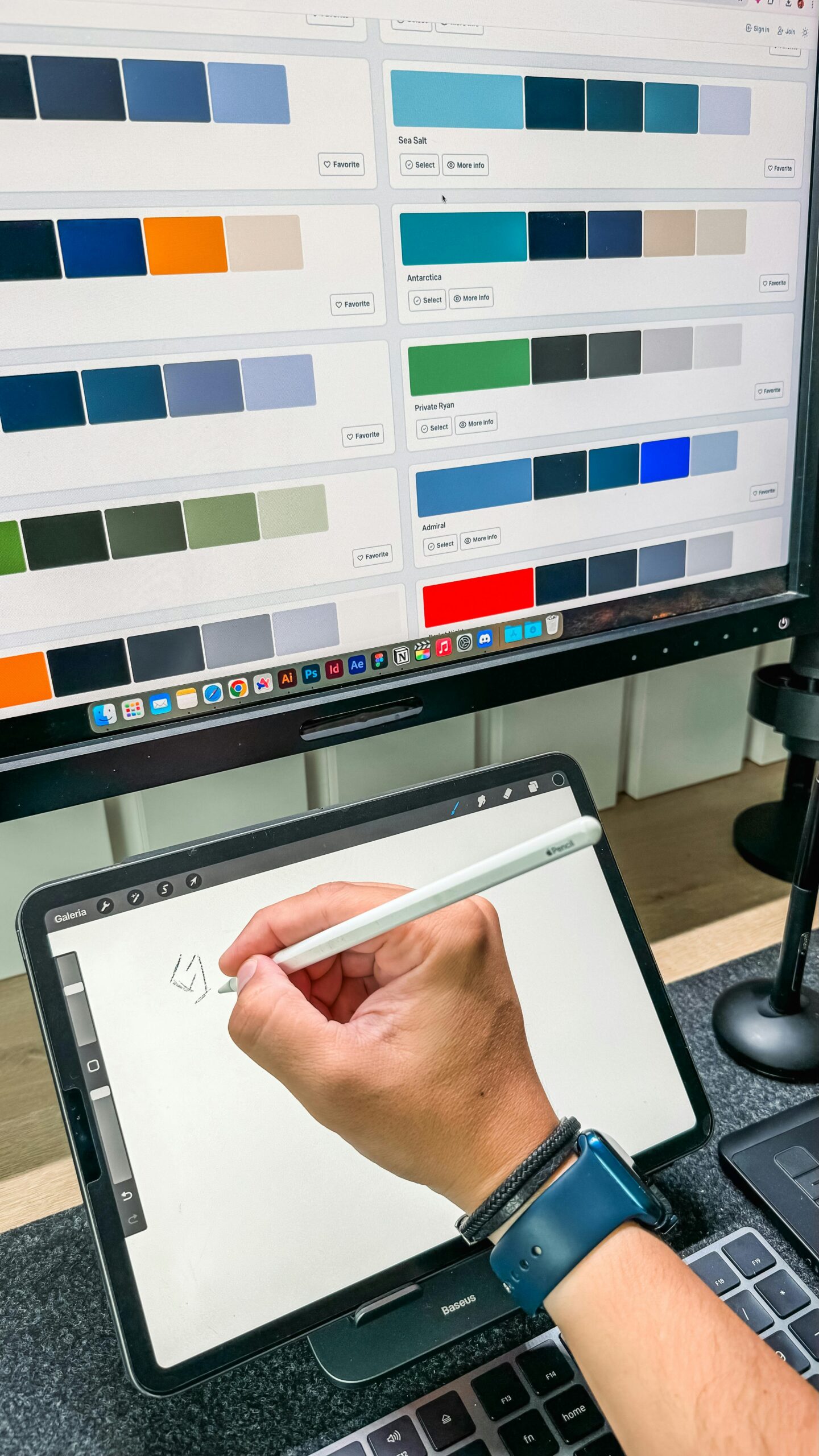
Digital art has opened the doors for creativity to flourish in new and exciting ways. With the right tools at their fingertips, aspiring digital artists can transform their imagination into stunning works of art. However, with the abundance of software, hardware, and resources available today, choosing the right tools can feel overwhelming.
Whether you’re just starting your journey as a digital artist or looking to upgrade your setup, this guide will introduce you to the best tools that cater to your needs. From essential drawing tablets to powerful software, let’s explore the tools that can help you create amazing digital art.
1. Drawing Tablets: Your Digital Canvas

A drawing tablet is a must-have for any digital artist. It replicates the feel of traditional drawing and painting, offering precision and control that a regular computer mouse simply can’t match. Here are some of the best options:
Wacom Intuos Pro
Wacom is synonymous with digital art, and the Intuos Pro is one of its flagship products. This tablet offers:
- A pressure-sensitive pen for precise strokes.
- Customizable buttons for easy shortcuts.
- Compatibility with all major art software.
Whether you’re sketching, painting, or animating, the Wacom Intuos Pro is a reliable choice for both beginners and professionals.
XP-Pen Deco Pro
The XP-Pen Deco Pro is an excellent alternative for artists on a budget. Key features include:
- A responsive stylus with 8,192 pressure levels.
- A sleek aluminum design.
- A dial and buttons for customizable controls.
Apple iPad Pro with Apple Pencil
For artists who prefer portability, the iPad Pro paired with the Apple Pencil is a game-changer. With apps like Procreate and Adobe Fresco, you can create professional-quality art on the go. The Apple Pencil’s tilt and pressure sensitivity make it feel as natural as drawing on paper.
2. Art Software: Bringing Your Ideas to Life
Choosing the right software is just as important as choosing the right hardware. Here are some of the top digital art programs to consider:
Adobe Photoshop
Adobe Photoshop is a powerhouse in the world of digital art. Known for its versatility, it’s ideal for:
- Digital painting and illustration.
- Photo editing and manipulation.
- Creating concept art.
Its vast array of brushes, layers, and tools allows you to create highly detailed artwork. Though it comes with a subscription cost, many artists consider it an essential investment.
Procreate
Exclusively available on the iPad, Procreate has become a favorite among digital artists for its user-friendly interface and robust features. Highlights include:
- Customizable brushes.
- Layer capabilities.
- Time-lapse recording to showcase your process.
Clip Studio Paint
Clip Studio Paint is perfect for comic and manga artists. Its features include:
- Specialized tools for panel creation and speech bubbles.
- A library of 3D models for posing references.
- Advanced brush dynamics for detailed line work.
Krita
For those seeking a free, open-source option, Krita is a fantastic choice. Designed by artists for artists, Krita offers:
- A wide variety of brushes.
- Animation tools for short videos or GIFs.
- A clean and customizable interface.
3. Reference and Inspiration Tools
Great art often starts with great references. These tools can help you find inspiration and perfect your anatomy, lighting, and compositions:
ArtStation
ArtStation is a platform where digital artists showcase their work. It’s an excellent resource for:
- Finding inspiration from professional artists.
- Building your portfolio.
- Networking with industry professionals.
PoseMy.Art
PoseMy.Art is a free tool for creating custom poses for your characters. You can manipulate 3D models to match your desired position, making it invaluable for anatomy practice.
Pinterest is a treasure trove of visual inspiration. From color palettes to character designs, you can find endless ideas for your next project.
QuickPoses
QuickPoses is designed to help you practice gesture drawing. You can set a timer and draw poses quickly, improving your speed and understanding of anatomy.
4. Color and Brush Resources
Colors and brushes are critical for bringing your digital artwork to life. Here are some tools to enhance your painting process:
Coolors
Coolors is an easy-to-use color palette generator. It allows you to:
- Explore trending color schemes.
- Create and save your custom palettes.
- Ensure harmonious colors in your art.
Brusheezy
Brusheezy offers a wide selection of free Photoshop brushes, patterns, and textures. Whether you need watercolor brushes or grunge textures, this site has something for every project.
Envato Elements
Envato Elements provides a subscription service with access to premium brushes, textures, and templates. It’s ideal for artists looking to expand their toolkit.
5. Animation and 3D Tools
If you’re venturing into animation or 3D art, these tools are essential:
Blender
Blender is a free, open-source 3D modeling software that rivals many paid alternatives. With Blender, you can:
- Create 3D sculptures.
- Animate characters.
- Render scenes with realistic lighting.
Toon Boom Harmony
Toon Boom Harmony is the go-to software for 2D animation. It’s used by major studios and independent artists alike, offering:
- Advanced rigging tools for character animation.
- A library of effects for dynamic scenes.
- Compatibility with both beginners and professionals.
Adobe Animate
For vector-based animation, Adobe Animate is a top choice. It’s ideal for creating web animations, cartoons, and even interactive games.
6. Online Learning Platforms
Learning digital art requires practice, but guidance from experts can accelerate your progress. These platforms offer courses and tutorials for all skill levels:
Skillshare
Skillshare is a subscription-based platform with thousands of art courses. From beginner tutorials on Procreate to advanced lessons on character design, there’s something for everyone.
YouTube
YouTube is a goldmine of free art tutorials. Channels like Aaron Blaise, Cubebrush, and RossDraws offer valuable tips and tricks for aspiring digital artists.
Udemy
Udemy offers paid courses with lifetime access. You can find in-depth lessons on software like Photoshop, Blender, and more.
7. Cloud Storage and Backups
Backing up your work is crucial to avoid losing hours of effort. Here are some reliable options:
Google Drive
Google Drive offers free and paid plans for cloud storage. It’s great for accessing your work from multiple devices.
Dropbox
Dropbox provides seamless file syncing and sharing, making it a favorite among professionals.
External Hard Drives
For offline storage, invest in a high-capacity external hard drive. Brands like Western Digital and Seagate offer excellent options.
8. Building a Workspace for Digital Art
Having a dedicated workspace can improve your focus and creativity. Consider these essentials:
- Ergonomic Desk and Chair: Comfort is key when spending hours on your art.
- Dual Monitors: A second screen can help you reference images or tutorials while working.
- Lighting: Ensure proper lighting to reduce eye strain, especially if you work late at night.
Final Thoughts
The world of digital art is full of possibilities, and the right tools can make your creative journey both enjoyable and productive. Whether it’s a high-quality drawing tablet, powerful software, or inspiring resources, investing in the best tools for your needs is essential.

Remember, becoming a great digital artist takes time, practice, and a willingness to learn. Explore these tools, experiment with your style, and let your creativity shine. The only limit is your imagination!
Are you ready to start your journey as a digital artist? Let us know which tools you’ll be using and what you plan to create next!

Leave a Reply